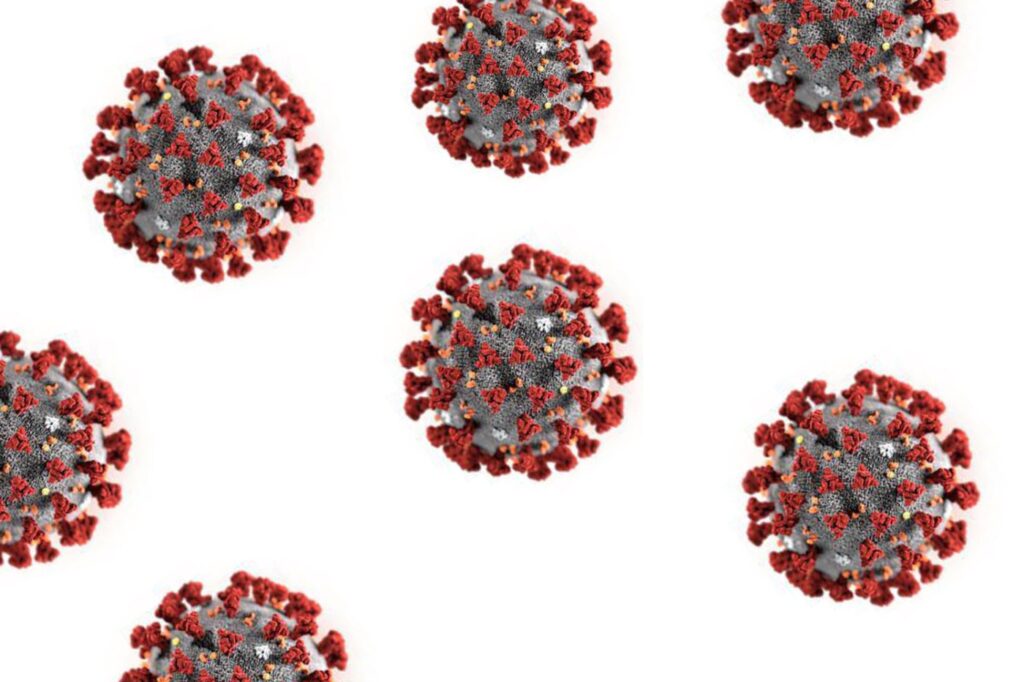
The CDC is closely monitoring coronavirus levels in wastewater in the U.S. and has confirmed this week that in early March there was an increase in levels across areas of the country. This is despite a recent low of reported COVID cases.
The CDC captures wastewater data for about 650 sewersheds, including those in Bay Area counties, and has made the information searchable. About a third of the sites in the U.S. show an increase in COVID in sewage from Mar 1 to Mar 10, reports Bloomberg.
An increasing level of COVID in wastewater can be an early signal of rising cases before they show up in tests, according to experts. This is because many infected shed the virus in their stool before a test can detect it, and also with the rise of at-home tests, others don’t bother to report positive results.
Related Articles
It’s time to learn to live with COVID. Are we ready?
Second gentleman Doug Emhoff tests positive for COVID
Coronavirus: Orange County reported 155 new cases and five more deaths, March 15
Biden signs budget bill with Ukraine aid but no virus cash
Chinese coronavirus cases climb, raise threat of trade disruption
“For SARS-CoV-2, wastewater can detect an increase in cases four to six days before we might see these cases show up through a rise in positive tests,” said CDC Director Dr. Rochelle Walensky in a recent media briefing.
So does this mean we are headed for another wave? Not so fast, say experts.
Sometimes when wastewater levels are low in an area, a small bump can seem like a dramatic increase, according to the CDC. So it’s best to analyze sewage data alongside other metrics like new cases and hospitalization numbers.
Here’s how to use the tool:
The color-coded map shows the 15-day percentage change in the level of coronavirus sampled in wastewater in the area. Those with a decreasing amount appear blue and those with a increasing amount appear orange or red. Communities shaded in gray have no data available. Simply input the state or county to see results.
